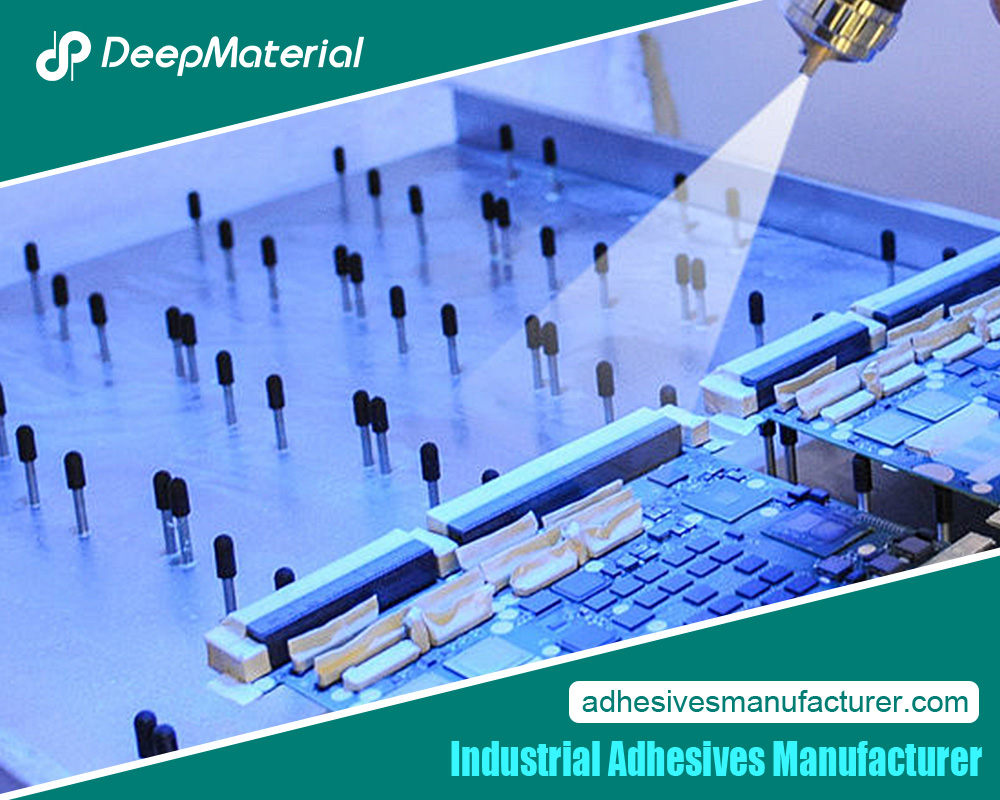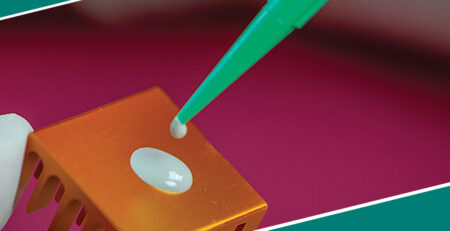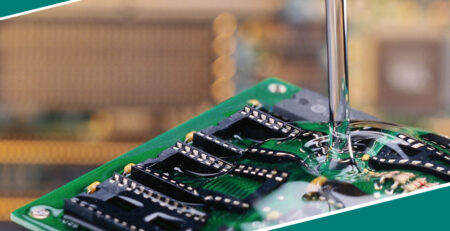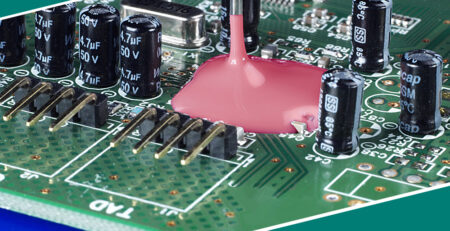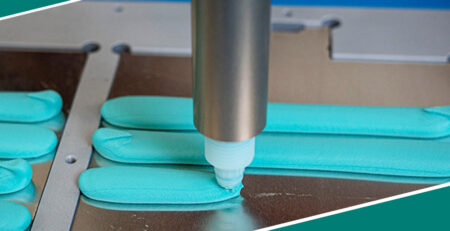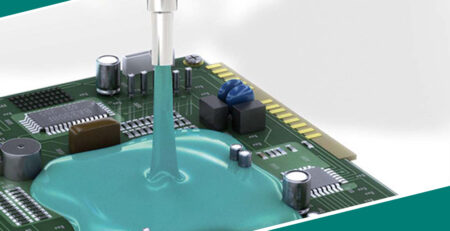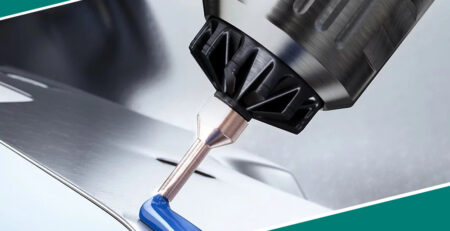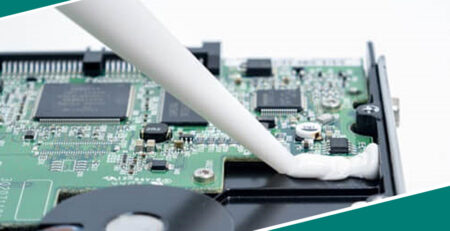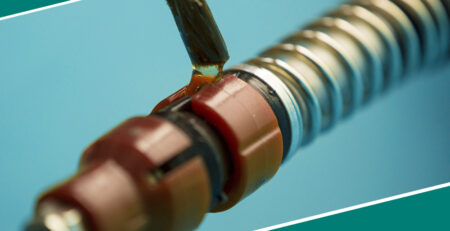Shaping the Future of Adhesives: The Role of UV Adhesive Manufacturers
Shaping the Future of Adhesives: The Role of UV Adhesive Manufacturers
UV adhesive manufacturers play a pivotal role in shaping the adhesive industry’s evolution through several key contributions. In other words, the adhesive industry has continued to evolve and advance because of the hard work of and growing competition amongst manufacturers. As such, this post will be looking at how UV adhesive manufacturers are reshaping the future of adhesives. For starters, we will consider the subject in the following areas;
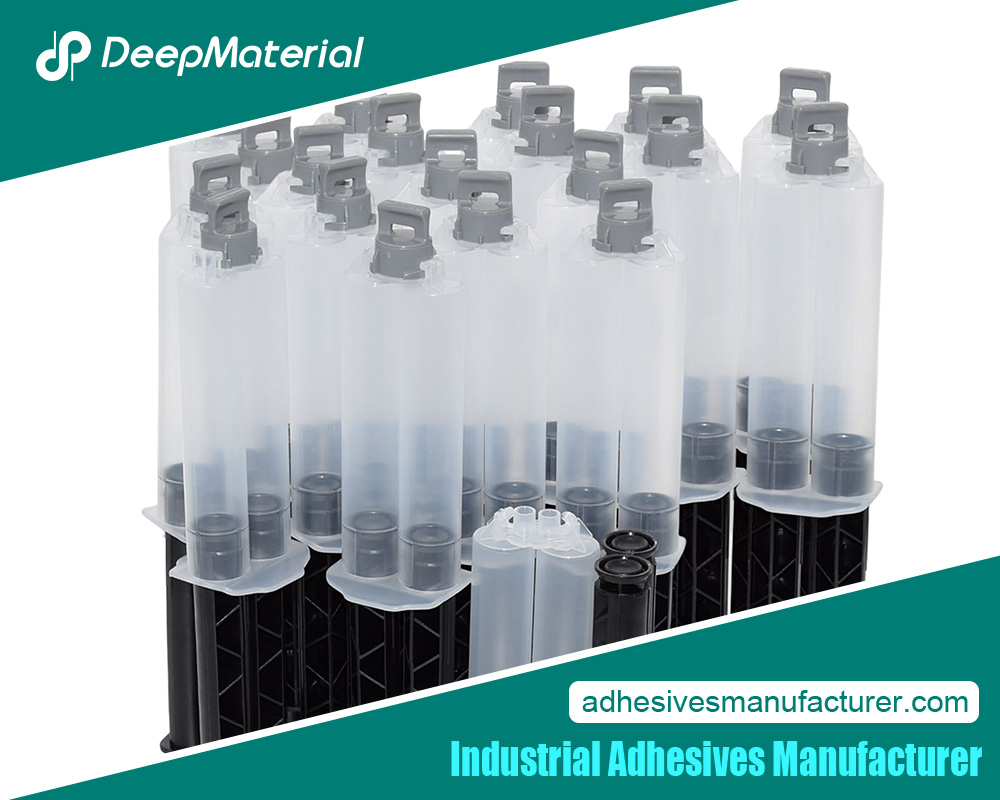
How Manufacturers Are Evolving the UV Adhesives Industry
- Innovative Technology Development – UV adhesive manufacturers are at the forefront of developing and advancing UV adhesive technology. They invest in research and development to create adhesive formulations that offer enhanced performance, cure quickly, and meet evolving industry demands.
- Customization and Formulation Expertise – These manufacturers possess deep expertise in tailoring UV adhesives to specific applications and industries. They work closely with end-users to create custom adhesive solutions that address unique bonding challenges, contributing to increased efficiency and effectiveness.
- Sustainability Focus – UV adhesive manufacturers are increasingly focused on developing eco-friendly and sustainable adhesive formulations. They explore alternative raw materials, reduce harmful emissions, and optimize curing processes to minimize environmental impact, aligning with global sustainability goals.
- Compliance and Standards – UV adhesive manufacturers ensure that their products meet regulatory requirements and industry standards. They invest in quality control and testing to guarantee the safety and reliability of their adhesives across diverse applications.
- Market Growth and Innovation – As pioneers in UV adhesive technology, these manufacturers drive market growth by introducing innovative adhesive solutions. They respond to emerging trends and industry needs, fostering a competitive landscape that encourages continuous improvement.
- Collaborations and Partnerships – UV adhesive manufacturers engage in collaborations with end-users, industries, academic institutions, and suppliers. These partnerships facilitate knowledge exchange, research initiatives, and the development of cutting-edge adhesive solutions.
- Case Studies and Demonstrations – They provide real-world case studies and success stories that showcase the practical benefits of UV adhesives in various applications. These examples inspire industries to adopt UV adhesive technology, leading to increased adoption.
- Championing Industry Challenges – UV adhesive manufacturers actively address challenges related to UV adhesive technology, such as UV exposure and sustainability. Their efforts drive the industry forward by finding solutions to complex issues.
UV adhesive manufacturers serve as catalysts for innovation, sustainability, and growth within the adhesive industry. Their expertise and commitment to advancing UV adhesive technology have a profound impact on diverse industries, enabling safer, more efficient, and environmentally responsible bonding solutions.
Addressing Challenges in UV Adhesive Technology
UV adhesive technology, while immensely versatile and advantageous, faces several challenges. Highlighted below are some of those challenges:
- Substrate Compatibility – UV adhesives may struggle to bond certain substrates with low surface energy or complex geometries. Ongoing research aims to improve adhesion on these challenging materials.
- UV Exposure and Degradation – Extended UV exposure can degrade the performance of UV adhesives over time. Researchers are developing formulations with enhanced UV resistance and durability.
- Material Compatibility – Compatibility issues can arise when UV adhesives are used with other materials or coatings. Efforts are underway to ensure compatibility and prevent adverse interactions.
- Cure Depth – Achieving complete cure in thicker adhesive layers can be a challenge. Innovations in curing equipment and formulations seek to address this limitation.
Shaping the Future: Nanotechnology, Smart Adhesives, and Beyond
The future of UV adhesive technology holds exciting prospects:
- Nanotechnology – Nanomaterials are poised to play a significant role in UV adhesives. Nanoparticles can enhance adhesive properties, such as adhesion strength and flexibility, while enabling more precise control over curing processes.
- Smart Adhesives – The development of smart adhesives is on the horizon. These adhesives will possess responsive properties, such as self-healing capabilities, shape memory, or the ability to sense and respond to external stimuli.
- Advanced Applications – UV adhesive technology is expanding beyond traditional uses. Future applications may include advanced medical devices, wearable technology, and even applications in the aerospace industry.
- Customization – Customized UV adhesives tailored to specific applications will become more prevalent. Manufacturers will offer a wider range of formulations to meet diverse industry needs.
Environmental and Sustainability Challenges
Environmental sustainability is a priority for the UV adhesive industry:
- Raw Materials: Manufacturers are seeking eco-friendly raw materials, including bio-based polymers, to reduce reliance on fossil fuels and lower the environmental impact of adhesives.
- Waste Reduction: Efforts are focused on minimizing waste generation during adhesive application. Precision dispensing and reduced material waste contribute to sustainability.
- Energy Efficiency: The industry is working on improving the energy efficiency of UV curing processes, reducing energy consumption and associated carbon emissions.
- Regulatory Compliance: UV adhesive manufacturers are actively aligning with environmental regulations and certifications to ensure their products meet stringent sustainability standards.
The challenges and opportunities in UV adhesive technology are driving continuous innovation. Addressing current limitations, embracing nanotechnology and smart adhesives, and prioritizing sustainability will shape the future of UV adhesive technology, enabling it to meet evolving industry demands and environmental responsibilities.
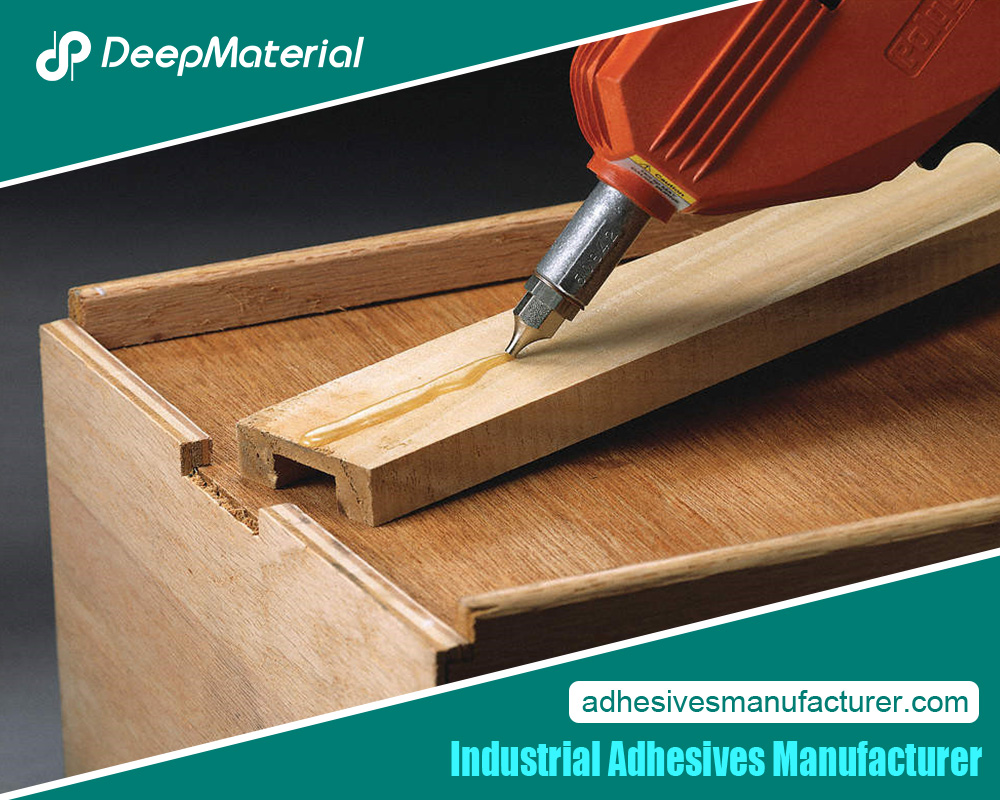 Market Trends and Growth Drivers
Market Trends and Growth Drivers
The UV adhesive market is dynamic, driven by several trends and growth factors as explained below:
- Increased Demand for Rapid Curing – Industries such as electronics, automotive, and healthcare require fast assembly and production processes. UV adhesives’ ability to cure within seconds or minutes addresses this need, driving their adoption.
- Advancements in UV Curing Technology – Ongoing improvements in UV curing equipment, including more efficient UV light sources and better control systems, contribute to the broader use of UV adhesives.
- Environmental Sustainability – Growing awareness of environmental concerns has led to the development of eco-friendly UV adhesives with reduced volatile organic compounds (VOCs) and hazardous materials, aligning with sustainability goals.
- Miniaturization in Electronics – As electronic devices become smaller and more complex, UV adhesives provide precise and reliable bonding solutions, making them indispensable in the electronics industry.
- Expanding Healthcare Applications – The medical and healthcare sector increasingly relies on UV adhesives for applications like medical device assembly, where biocompatibility, fast curing, and precision are critical.
For more about the Role of UV Adhesive Manufacturers, you can pay a visit to Deepmaterial at https://www.adhesivesmanufacturer.com/ for more info.

